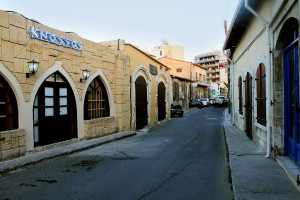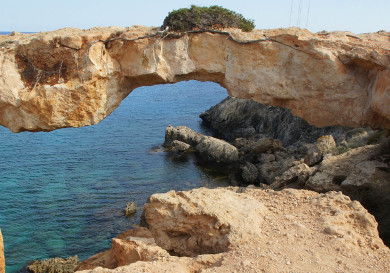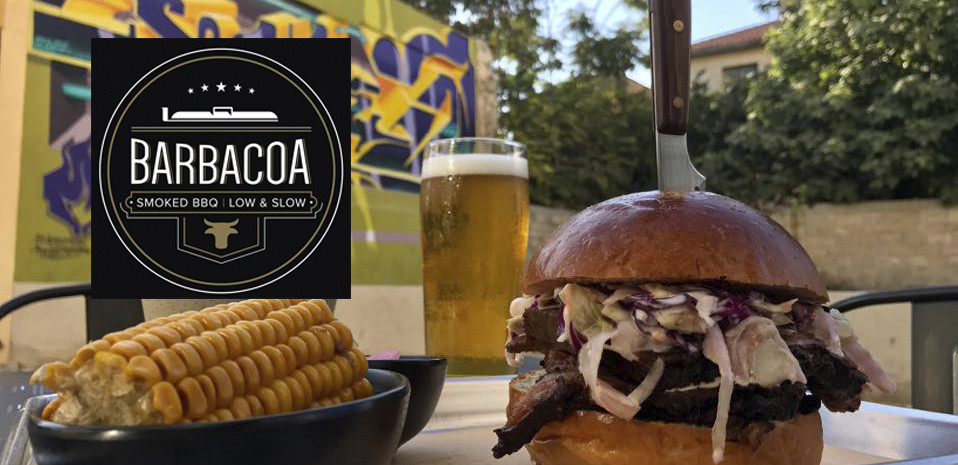History
 Get acquainted with Larnaca, known in ancient times as Kition. The city’s name is associated with the biblical name of the island – Kittim.
Get acquainted with Larnaca, known in ancient times as Kition. The city’s name is associated with the biblical name of the island – Kittim.
The first mention of ancient Kition, as well as the confirming this fact buildings, which were found by archeologists, belong to the XIII century BC.
Greeks Achaeans came to the island around the XI century BC; this time is considered to be the official appearance of Kition,present Larnaca, on the world map.
The city became an important commercial center for the Greeks, and later to the Phoenicians, who were replaced by the Greeks two centuries later. The Phoenicians actively developed trade and made Kition a kind of “staging” point on the trade routes from Europe to Asia.
Later, in the VIII century BC Kition was concurred by the Assyrians , then they were replaced by the Egyptians, and later the Persians. Already at the turn of the century, in 58 BC, Kition was attached to the Roman Empire for 400 years and was given a new name – Tsitium.
In the I century after Christ because of the forced flight of Jews, Tsitium was visited by Lazarus, who stayed here, becoming, after the ordination of the apostle Paul, the first bishop of Kition.
Modernity
 The modern name of the city was received from the Venetians who ruled the island in the XV century. In the XVI century, when Cyprus came under the jurisdiction of the Ottoman Empire. During that time, Larnaca had become a major Mediterranean port. In addition, the city had become a major diplomatic center, in fact – the capital of the island.
The modern name of the city was received from the Venetians who ruled the island in the XV century. In the XVI century, when Cyprus came under the jurisdiction of the Ottoman Empire. During that time, Larnaca had become a major Mediterranean port. In addition, the city had become a major diplomatic center, in fact – the capital of the island.
With the arrival of the British in the late XIX century Larnaca turned into an ordinary provincial town. The status of the city has not changed, neither after Cyprus received its independence in 1960, nor after the invasion of northern Cyprus by Turkey in 1974.
Larnaca airport is the main airport of Cyprus, that makes the city convenient for tourists. Among tourists, popular hotels such as the Golden Beach, the Palm Beach, the Lordos Beach are quite popular. It is fair to say that Larnaca can not boast of having premium hotels such as the Four Seasons and the Le Meridien in Limassol or Anassa in Polis.
Today Larnaca has largely preserved its historical appearance. Even modern buildings of the last 3 decades have not spoiled the ancient features of the old city.
The cozy medieval streets, the front gardens blooming among the wooden shutters and wrought iron grilles, the private workshops with the working Greeks, are a kind of reminiscent of ancient picturesque artisans and of ancient Kition. Going slowly through these streets is like a maze of history, which acquires harmony and withdraws to the square in front of the temple of St. Lazarus.
St. Lazarus church
 St. Lazarus church was built in IX century over the grave of the first bishop , St. Lazarus of Kition Cyprus. Here are his relics and the tomb where he was buried.
St. Lazarus church was built in IX century over the grave of the first bishop , St. Lazarus of Kition Cyprus. Here are his relics and the tomb where he was buried.
The church was built in a Byzantine style with three domes and a bell tower. The unique Baroque carved gilded iconostasis was damaged during a fire in 1970, but was later restored, and thus retained its uniqueness.
If you happen to be in Larnaca 8 days before Easter, on Lazarus Saturday, join the festive religious procession with the icon of Saint Lazarus, passing through the ancient quarters of the city.
A few kilometers from the airport is the famous marina popular with boaters, who traveled to the Indian Ocean through the Red Sea.
The Marina
 The marina is available for vessels up to 40 meters and can accommodate up to 450 yachts at the same time offering all kinds of services, including small repairs.
The marina is available for vessels up to 40 meters and can accommodate up to 450 yachts at the same time offering all kinds of services, including small repairs.
For tourists the marina is an additional opportunity for sea excursions: boat trips or on the yacht out to sea on a fishing trip. Diving enthusiasts can explore one of the famous underwater objects – the ship wreck “Zenobia”, which was a Swedish cargo ferry, making its maiden voyage, but sank off the coast of Larnaca in 1980 at a depth of 42 m.
Palm promenade
This is a special place in the city where excitement and joy always reign, located near the old town, next to the marina. Here are the best restaurants and cafes. My first acquaintance with Larnaca took place 15 years ago. Caught in Larnaca due to a flight delay, I experienced a special pleasure to extend the summer in Cyprus in January for a few hours. I was left with pleasant memories of lunch in one of the taverns on the walk through the old town and the marina, and swimming at the beach.
Once in Larnaca, be sure to visit the ruins of the ancient city of Kition, Stavrovouni Monastery, the Archaeological Museum Pieridisa, the Kamares aqueduct. Special attention should be given to the Salt Lake, drying in the summer and filled with salt water in the winter.
According to legend, in ancient times vineyards were on site of the Salt Lake. When St. Lazarus, who had just arrived on Cyprus was passing by, he asked a passing woman carrying a basket of grapes, a bit of fruit to satisfy his hunger. “I have salt in thebasket, not grapes,” the greedy woman replied. “Let there be salt”, then said St. Lazarus. Soon the vineyard dried up, and in its place a lake with very salty water took place.
If you happen to visit Larnaca in winter, be sure to visit the lake, because by December flocks of pink flamingos and other rare species of birds come here.
Beaches
 If you do not mind the summer heat, and the best time for you to take your holidays is in summer and early autumn, then visit the beaches of Larnaca that are stretched along the coast at a distance of 25 km.
If you do not mind the summer heat, and the best time for you to take your holidays is in summer and early autumn, then visit the beaches of Larnaca that are stretched along the coast at a distance of 25 km.
Mackenzie Beach, located in the western part of the city, is considered one of the best, offering not only a gentle warm sea, but also a complete beach infrastructure.
In the city center along the promenade is the busiest beach of Larnaca – Finikoudes. It is convenient to spend the whole day enjoying swimming and strolling along the waterfront. Here you can eat in one of the taverns as well.
Faros Beach is suitable for the lovers of secluded relaxation, and is located a few kilometers from the city. If you are irritated by the noisy city and the large number of people, this is the place for you.
The largest beach in Larnaca is in Dhekelia, where you will have an opportunity to rent a mini-football, basketball or volleyball court.
If you like to swim among the rocks, be careful not to step on a sea urchin. Twice I was caught in the “urchin bait.” The first time without the help of a doctor – the needles themselves came out within 2 months. The second time I was not looking at my feet, and my weight “pinned” to the residents of the marine rocky bottom. As a result, the doctor took care of me: a scalpel, and a course of antibiotics for more than 6 months, waiting when the remaining needles would come out. But again, this is not to be feared on the sandy beaches which are safe for swimming.
Have a nice restful time here in Larnaca!



















